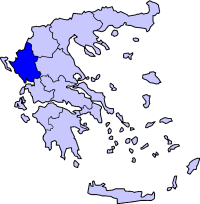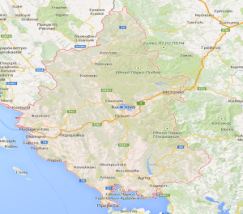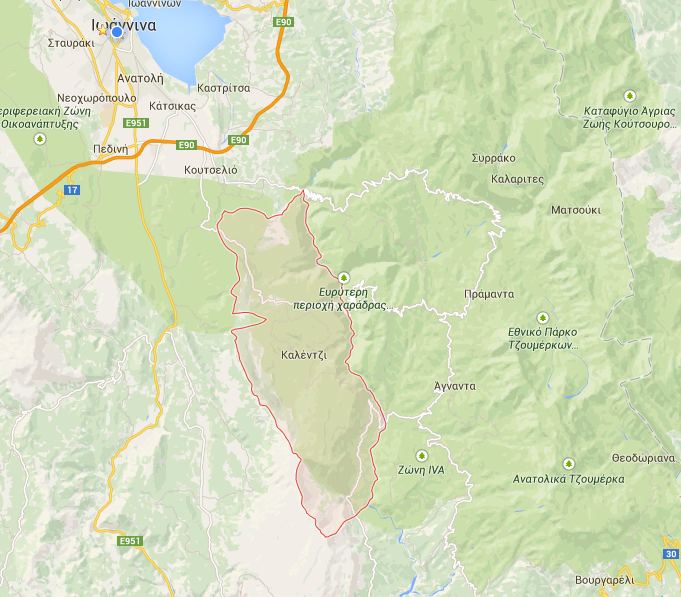
Monuments of Epirus
Katsanochoria
The monastic complex of Vyliza and the museum of portable icons in Matsouki village (N. Tzoumerka mountain range)
The complex formed by the monastery of Annunciation in Matsouki and its surrounding buildings, otherwise known as Vyliza monastery, bears witness to its history of rising vigour and decay during the 17th and 18th centuries. According to its dedicatory inscription, the temple was erected in 1783, while its mural paintings, a work done by a group of painters from Katsanohoria villages, date to 1797. It is then that a restoration of the monastery took place, as witnessed by the architectural elements belonging to the early 19th century. The decoration of the small chapel of John the Baptist was undertaken in 1737 by a group of painters from Kallarytes. Despite the fact that, for decades now, the monastery has no active monastic community, it is in a formidable condition due to the incessant efforts made by the inhabitants of the nearby Matsouki village, who – demonstrating devotion and tender to a common cause – took great pains to bring it out from oblivion and preserve it. After many years of arduous work and complex procedures, sacrificing many hours in personal work on a difficult and hardly accessible terrain and facing harsh weather conditions, they managed not only to save the monastery but, also to elevate it to a monument of cultural heritage and to a unique location of religious, historical and touristic importance. The effort made by these people and their irrefutable success in their work serve as a matchless example of social awareness and of collective respect to the invaluable cultural heritage. The committee of the Monastery and the rest of the inhabitants have achieved another record, besides the restoration and elevation of the monastery: by collecting remarkable masterpieces of post-byzantine art, among which icons, manuscripts and wood-carven artifacts, they created a highly interesting museum. The collection of masterpieces created by known and unknown artists, comprises artifacts from the 16th to the 19th centuries, gathered in the monastery during its long function. The economic development of the region due to the 17th and 18th century trade and the subsequent spiritual and cultural elevation of the monastery are mirrored on the collection, which witnesses to the spiritual and cultural radiance of the Vyliza monastery. The donations, as proven by the dedicatory inscriptions on some of the icons, were made by wealthy merchants residing in cities in the Balkans, Russia or Italy. These artifacts are housed in a specifically designated and configured room, offered by Matsouki Primary School.
The committee consists of the following members:
Images
VIDEO














